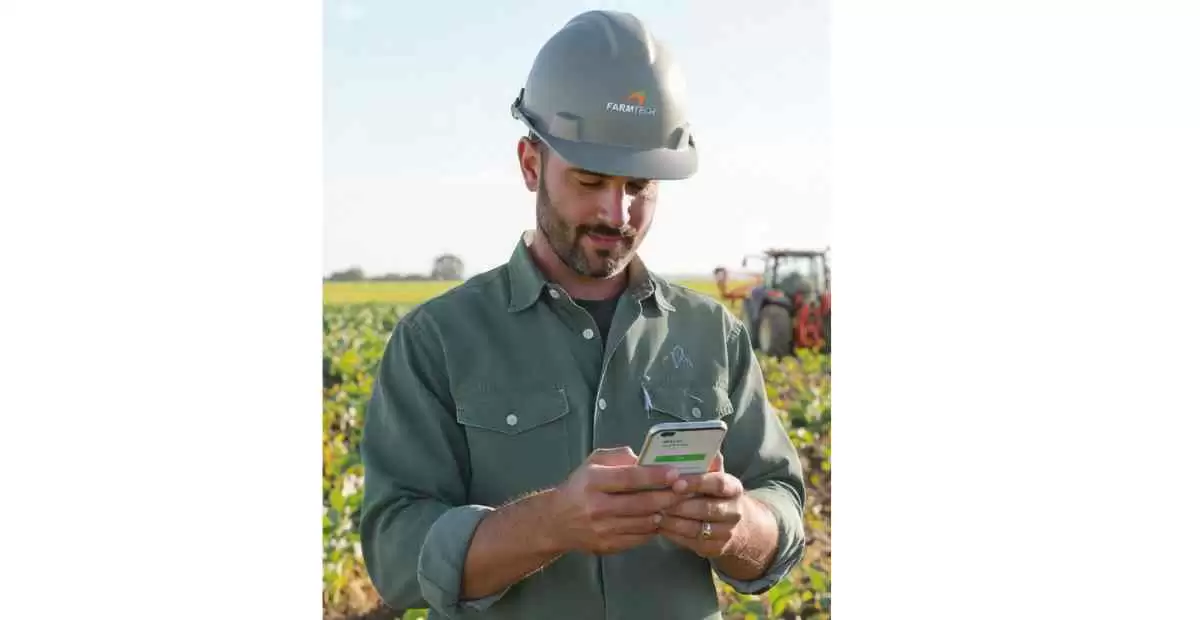 MR Admin
MR Admin
10 Jun 2024


10 Jun 2024
In the heart of innovation lies an industry as old as civilization itself — agriculture. But today, it's no longer just about plows and planting; it's about drones, AI, data analytics, and blockchain. Welcome to the era of Agri-Tech, where farms are becoming smart, and investors are reaping digital-age rewards.
As food demand grows globally, Agri-Tech (agricultural technology) is transforming how we grow, harvest, distribute, and finance food production. But beyond that, it’s opening new doors for investors looking to fund meaningful and profitable ventures.
In this article, we’ll explore:
What Agri-Tech is and why it matters
Key areas of transformation
Investment models in Agri-Tech
Risks and returns
How to get started
And FAQs to guide beginners
Agri-Tech is the use of technology to improve the efficiency, output, and profitability of agriculture. This includes innovations like:
Precision farming (using data, sensors, drones)
Hydroponics and vertical farming
Agro-fintech platforms
Blockchain for traceability
IoT devices for crop monitoring
Artificial intelligence in soil analysis
These technologies aren’t just for developed countries. Across Africa and other emerging markets, Agri-Tech is gaining momentum, offering scalable solutions to smallholder farmers — and massive returns for early investors.
Here’s why investors are flocking to the farm — digitally speaking:
According to the UN, the world will need 70% more food by 2050. This demand makes agriculture one of the most future-proof industries.
Agri-Tech platforms allow farms to scale operations with fewer resources, which boosts margins and ROI for investors.
Unlike many other digital investments, Agri-Tech delivers tangible impact — food security, rural employment, and environmental sustainability.
Whether it’s crowdfunding, equity stakes, lease-to-own farming, or revenue-sharing models, Agri-Tech offers flexibility for investors of all levels.
In many regions, Agri-Tech startups receive support through grants, subsidies, or public-private partnerships, reducing risk for investors.
Here are the hottest sectors within Agri-Tech worth watching:
Platforms like FarmCrowdy and ThriveAgric allow everyday investors to fund farms and earn returns after harvest. These platforms often offer fixed or variable returns based on crop success.
Startups offering precision farming tools — such as drones for crop surveillance or AI for soil monitoring — are attracting VC interest.
Apps that offer microloans, insurance, and digital wallets for farmers are helping bridge the financial gap in rural areas.
Blockchain ensures transparency and traceability in food supply chains, helping reduce waste, fraud, and inefficiency.
Hydroponic and aeroponic farms, often based in cities, produce food with minimal land use — an attractive option for green-tech investors.
Depending on your risk tolerance and capital, you can choose from several models:
✅ Passive income potential
✅ Diversification of investment portfolio
✅ Social impact (food security, job creation)
✅ Access to underexplored, high-growth markets
✅ Long-term sustainability focus
While promising, Agri-Tech isn’t risk-free:
Weather & climate volatility
Pest and disease outbreaks
Market fluctuations in crop prices
Operational risk (fraud, poor farm management)
Platform reliability (for crowdfunding sites)
Tip: Always do due diligence. Check track records, ask for farm updates, and understand your exit options.
Research Trusted Platforms – Start with platforms like FarmFunded, Agropartnerships, or other local options in your country.
Start Small – Test the waters with small investments and scale up as you gain confidence.
Choose the Right Crop or Sector – Crops with short cycles (like maize or vegetables) reduce waiting time.
Track Performance – Use dashboards or reports to monitor your investment.
Diversify – Don’t put all your funds in one farm, platform, or region.
A: Many platforms accept as low as ₦10,000 – ₦50,000 ($10–$50) as a starting investment.
A: It carries risks, like any other investment. However, reputable platforms often provide insurance, risk buffers, and audited reports.
A: Typical crop cycles range from 3 to 12 months. Some long-term investments (like livestock or tree crops) may take longer.
A: Yes, some platforms allow farm visits or provide live updates, photos, and videos.
A: That depends on your country’s tax laws. In most cases, you may need to declare income earned.
 start growing your Money
start growing your Money